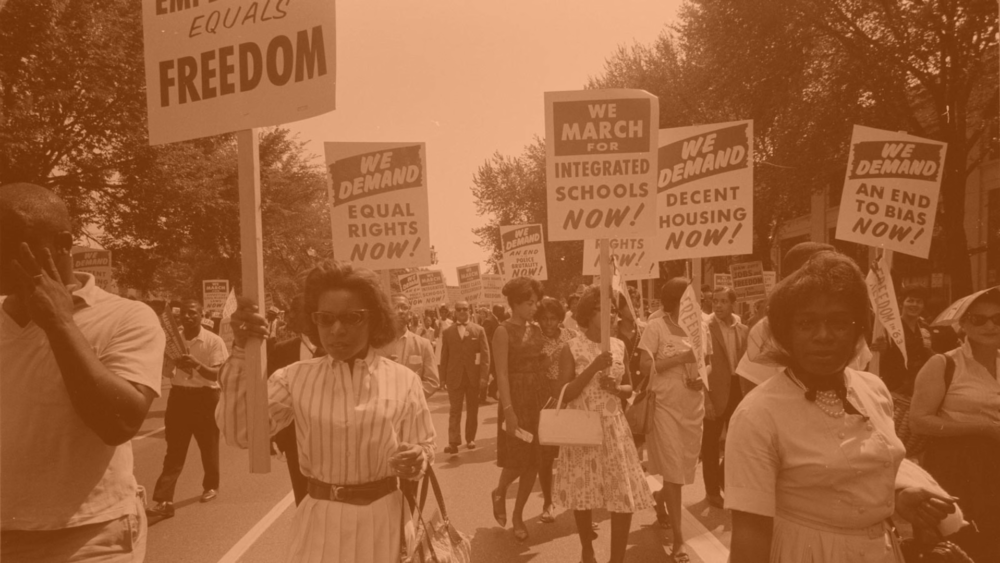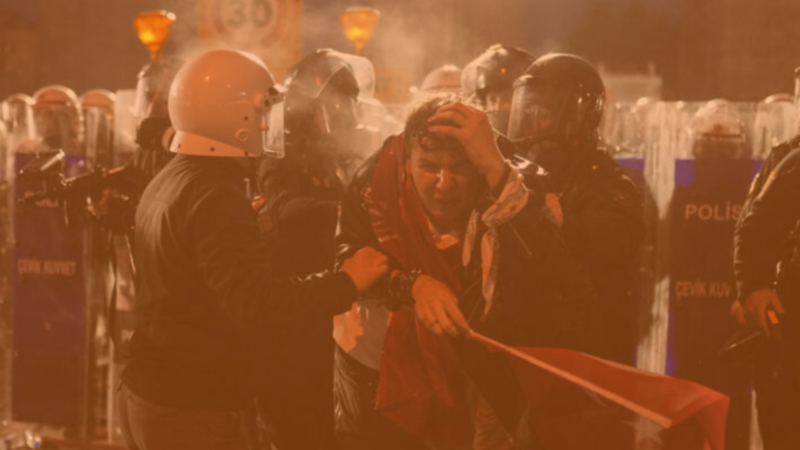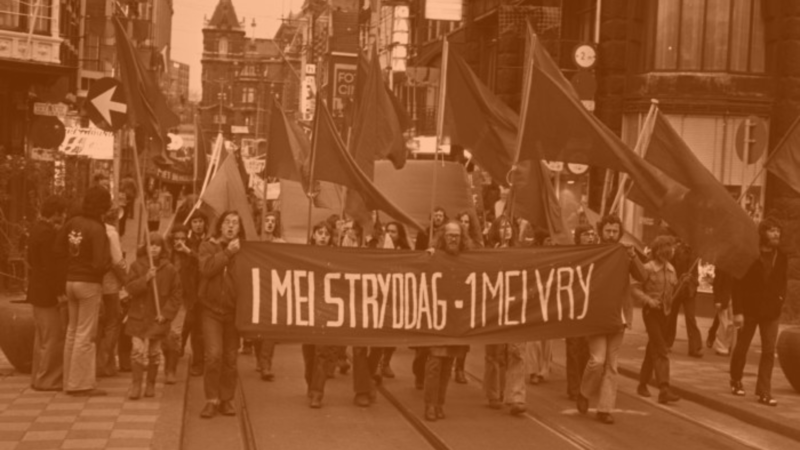Black History Month was established in 1926 by historian Carter G. Woodson as a weeklong commemoration of Black History, and as a means to educate the broader public. This initiative emerged during an era when the Ku Klux Klan wielded significant political and social influence, and segregationist policies remained entrenched in the US legal system. Under the oppressive structures of Jim Crow, many Black Americans migrated northward in search of greater economic and social opportunities, with cities such as Chicago, Philadelphia, Washington, D.C., and New York becoming major centres of Black life. Among these migrants was Woodson himself, who relocated from West Virginia to Chicago in 1903. A decade later, he became the first Black American to earn a PhD in history.
Recognising the systematic erasure of Black contributions from national historiography, Woodson established the ‘Association for the Study of Negro Life and History’. In 1926, he introduced ‘Negro History Week’, intentionally selecting the second week of February to coincide with the birthdays of Frederick Douglass and Abraham Lincoln. The week was dedicated to highlighting Black resistance, celebrating Black culture, and emphasising the necessity of historical awareness. “If a race has no history…” Woodson argued, “if it has no worthwhile tradition… it stands in danger of being exterminated.” Put differently, historical consciousness plays a pivotal role in a community’s self-determination and resistance to systemic oppression. Over the decades, this initiative expanded into a nationwide educational movement and was formally recognised as Black History Month in 1976.
With the globalisation of US cultural and political discourse as well as growing international awareness of racial inequalities, Black History Month gained recognition in several European nations. However, Black identity is often framed through a neoliberal paradigm that centres not only Western, but also capitalist narratives. Furthermore, Black resistance is frequently sanitised to present a less radical version of historical struggle. As we approach the 100th anniversary of Black History Month, it is necessary to critically engage with established narratives. In the spirit of Woodson, this series examines three often overlooked perspectives, aiming to inspire resistance and strengthen solidarity.
Part One: Afro-German History
The discourse on Black history and struggle in Germany is heavily dominated by US perspectives, leading often to the misconception that Germany lacks a colonial past. Few Germans acknowledge that the so-called ‘Scramble for Africa’ – the violent partitioning of the African continent by European powers – was orchestrated in Berlin in 1884 under the leadership of Otto von Bismarck, Germany’s first chancellor. While this conference did not initiate colonial exploitation, it codified European dominance over African territories, entrenching colonial violence in ways that remain palpable today.
Germany actively participated in this imperial division, claiming Togo, Cameroon, Tanzania (then Deutsch-Ostafrika including parts of present-day Burundi and Rwanda), and Namibia (then Deutsch-Südwestafrika). Although German colonial rule was relatively short-lived – as the country lost all its colonies after World War I – it was marked by exceptional brutality. Between 1904 and 1908, German forces perpetrated genocide against the Herero and Nama peoples, killing approximately 80 percent of the Herero population and 50 percent of the Nama population. Almost 100,000 people were murdered. This atrocity, recognised as the first genocide of the 20th century, remains largely absent from German collective memory. To this day, descendants of the victims continue to demand proper acknowledgment, reparations, and restitution.
Under the Nazi regime, Black people in Germany faced systematic persecution and violence. While the Nazi regime did not systemically target Black populations for extermination, racial laws by design led to forced sterilisation, incarceration, and state-sanctioned violence. In 1937, hundreds of Black children from West-Germany were sterilised to prevent the growth of mixed-race communities, and interracial relationships were criminalised. Many Black individuals were institutionalised in psychiatric hospitals, imprisoned, or deported to concentration camps. Mahjub bin Adam Mohamed, for instance, was sent to Sachsenhausen concentration camp in 1940 for violating Nazi racial laws by engaging in a relationship with a white woman; he died there. Similarly, Ferdinand James Allen, a Black Caribbean musician from the UK, was forcibly sterilised in 1933 and later murdered in 1941 in a psychiatric facility, as part of the Nazi’s euthanasia program. By the end of World War II, Germany’s Black population had been severely diminished, marginalised, and traumatised. Despite the installation of 75,000 ‘Stolpersteine’ (commemorative stones) for Nazi victims, only four commemorate Black victims. Contemporary historians are still uncovering the full extent of Nazi-era anti-Black persecution.
Following the war, the stationing of Black US soldiers in West Germany led to many interracial relationships, which were still illegal in parts of the US and frowned upon in Germany. The mixed-race children born from these unions faced a complex spectrum of discrimination, from social ostracisation and racial stereotyping to fetishisation and exotification. Many lost contact with their fathers after they were redeployed, while others were separated from their German mothers and taken to the US, and today they are still searching for their biological families.
However, Afro-German history is not one of victimhood. Black communities in Germany have cultivated strong, resilient networks of solidarity and made significant contributions to German society. In 1984 – exactly 100 years after the Berlin Conference – famous poet Audre Lorde accepted a professorship at the Free University of Berlin, playing a foundational role in building a Black movement in Germany, coining also the term ‘Afro-German’ to give Black people a new found sense of identity. Her intersectional approach to oppression and her advocacy for LGBTQIA+ rights defined German academic and activist discourse on race and gender. Another key figure was May Ayim, co-founder of the Initiative Schwarze Menschen in Deutschland (Initiative for Black People in Germany), an organisation committed to Black political advocacy, representation, and education. In 1996, the initiative organised Germany’s first Black History Month.
Today, Black Germans are present in every sector of society, and have contributed significantly to German culture. Yet racial discrimination remains a present issue until this day. Unlike the US or the UK, Germany does not collect statistical data on ethnicity, citing privacy concerns and political “colorblindness” when it comes to ethnic characteristics. However, this absence of statistical analysis enables the state not only to evade accountability for systemic racism, but also to reproduce it. Research has consistently shown that no public or private space in Germany is devoid of racial bias. Additionally, EU reports indicate that Black Germans experience some of the highest rates of racial discrimination across the continent. Moreover, Black political representation in Germany remains limited. Karamba Diaby became the first Black member of the Bundestag in 2013, and Awet Tesfaiesus became the first Black woman in the Bundestag in 2021. As of 2020, over 1,000,000 people of African descent reside in Germany, originating from various African and American nations.
Black History Month provides a critical opportunity to challenge hegemonic historical narratives and amplify marginalised voices. In the German context, this requires a reckoning with colonial atrocities and fascist violence, as well as the confrontation of contemporary racial injustices. Yet, the responsibility and burden of this education remains largely with grassroot organisations, individual activists and most importantly: with Black people themselves. Moreover, the oppression endured in Germany continues to be silenced and dismissed. To truly honour Woodson’s vision, Black history must not merely be remembered – it must serve as an impetus for structural change and meaningful action. In Germany, this entails active solidarity with Black communities, engagement with Afro-German realities, and an unwavering commitment to dismantling racial injustice, not only in theory but also in practice.
Do you want to be informed of DiEM25's actions? Sign up here















